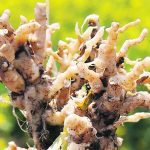
Scouting for disease in canola crops
Alberta agronomist shares his knowledge of four big crop diseases along with how to find and control them in your fields
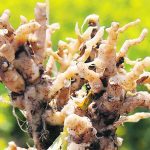
Canola’s clubroot success story
Once there was worry of agronomic disaster; today, the disease has become manageable

Big clubroot numbers urge new vigilance
If you had it last year you probably have it this year — but it’s not the end of the world
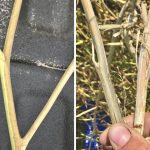
Researchers study verticillium yield losses
Team behind blackleg and clubroot yield loss models tackles new canola disease
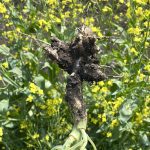
Cut clubroot off at the pass by thinking ahead
Resistant varieties not enough to tackle this disease of canola

Investing in clubroot research
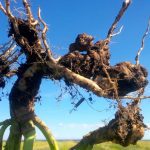
New clubroot strains discovered
Some resistant canola varieties are susceptible

Clubroot ‘race profiling’ can help boost resistance in canola
Research team sets stage for next generation of resistance to pesky crop disease

Lime shows promise for controlling clubroot in canola
The lime works by neutralizing the highly acidic soil preferred by clubroot, reducing the likelihood of spore germination and plant infection
Reading Time: 2 minutes Treating soil with lime could help farmers curtail clubroot infections in canola, new University of Alberta research suggests. Spot-treating soil with the mineral reduced the overall occurrence and severity of the disease by 35 to 91 per cent, growth experiments showed. The finding, published in the Canadian Journal of Plant Pathology, could give farmers an […] Read more
Clubroot diagnosis no longer a death sentence
The disease continues its relentless spread across Alberta — but the risk has become more manageable
Reading Time: 5 minutes John Guelly felt as though he had been diagnosed with a terminal illness when he found clubroot in his canola fields nearly 10 years ago. But in the decade since then, the Westlock-area farmer has come to view the disease as more of a chronic condition — still risky, still potentially devastating, but ultimately manageable […] Read more
